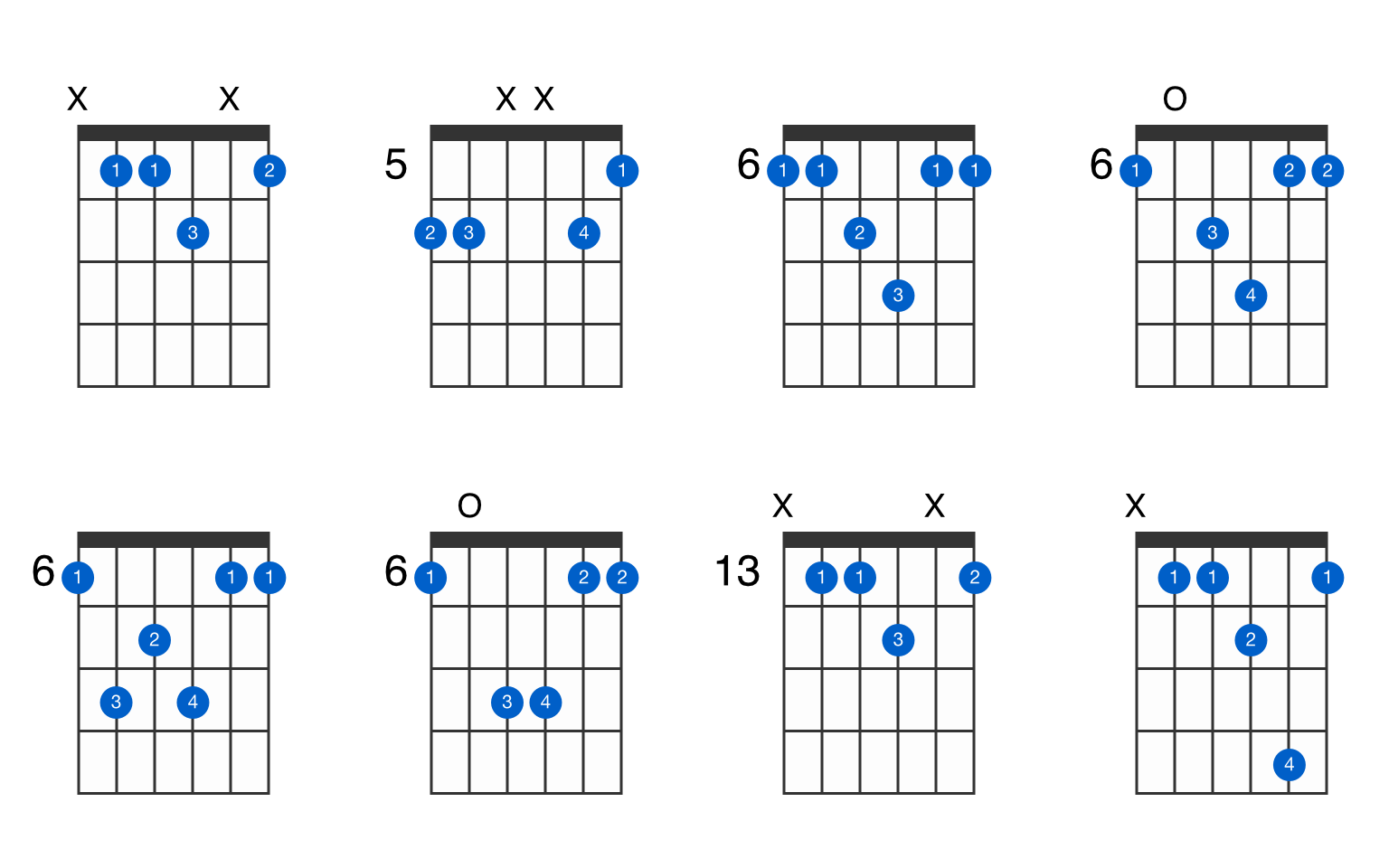

Comment by Paolo PietropaoloĪllemande from Keyboard Partita no. Must have been really hard to pick pieces for this recording since Bb Major is such a common key. it would have fit well with the part when you talk about how Bb will do something astonishing. I would have liked to have heard marche slav in there. Oh yeah! Rhapsody in Blue! :D Comment by Firstia Fauziah The names of major keys using flats in the key signature follow the descending circle of fifths: C F Bb Eb Ab Db Gb Cb. Love the way you implemented that part there. :=)<3 most silent prayers <3:=) Comment by Eddygp I got most goosebumps with Nature Boy Comment by fdlih

Wonderful person I know him well Comment by The Signature :) Comment by musicianblog You make me cry Comment by summertimeuser973539744 you think you are a poet ? hahaha, sorry but no you are just stupid Comment by Ferdinand V It would b etter if you just shut up instead of commenting on the music background. Arrival of the Queen of Sheba by Handel, 6. Which key are you? The Signature Series is produced for CBC Radio 2's In Concert by with Denise Ball. Visit CBC Music to learn more about the characteristics of all the key signatures covered so far. If you take all the music in a given key, you’ll discover certain characteristics - characteristics that can define your personality. *Keep in mind there are many different ways to play scales, the charts shown above are examples using the CAGED system.The key signatures of music are kind of like the signs of the zodiac. The Bb/A# Major ScaleĪ Bb can be found on the 6th fret of the 6th string, as indicated by the white circles in the example below on the low E string indicating the root, or starting note. Next, we take a whole step up to F, before taking a whole step to G, and a whole step to A before finishing on a half step up to our tonic note of Bb in the next highest octave. The step pattern for the Bb major scale begins on Bb, followed by a whole step up to C, followed by another whole step up to the note D, then a half step to Eb. However, Bb is more commonly referred to in musical notation as it contains just two flats (Bb and Eb), making it relatively simple to read and play.Ī#, on the other hand, has a key signature of 4 sharps and 3 double sharps, making it far more complex and thus not commonly used. Bb and A# are enharmonic equivalents, meaning they sound the same but are notated differently.


 0 kommentar(er)
0 kommentar(er)
